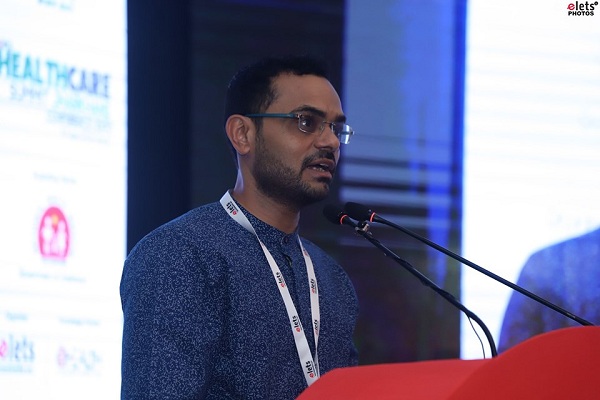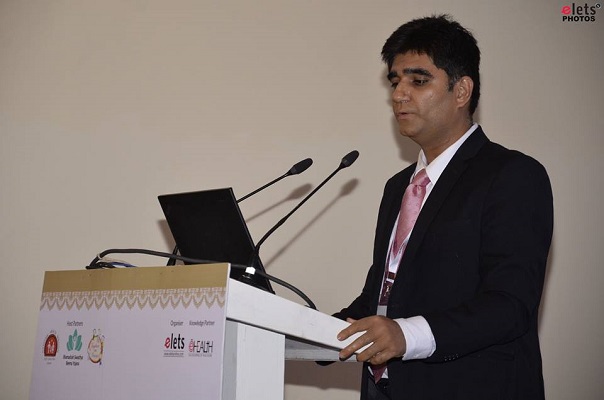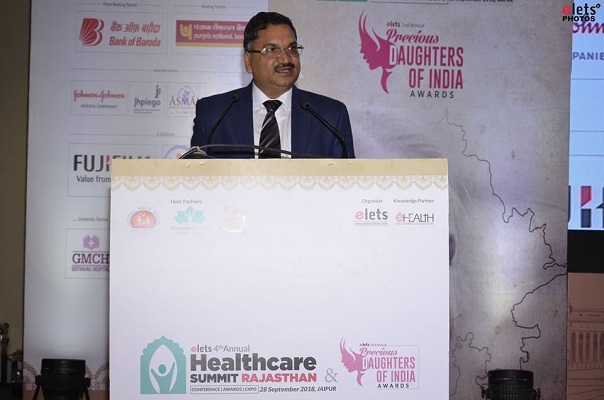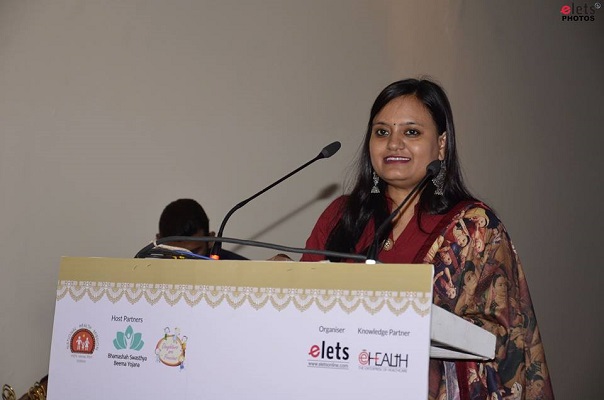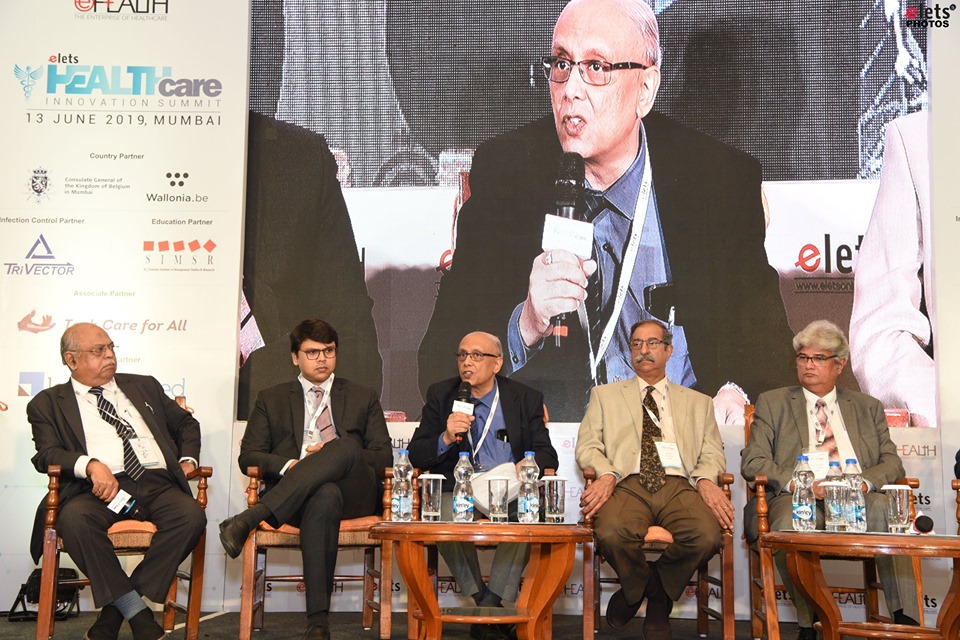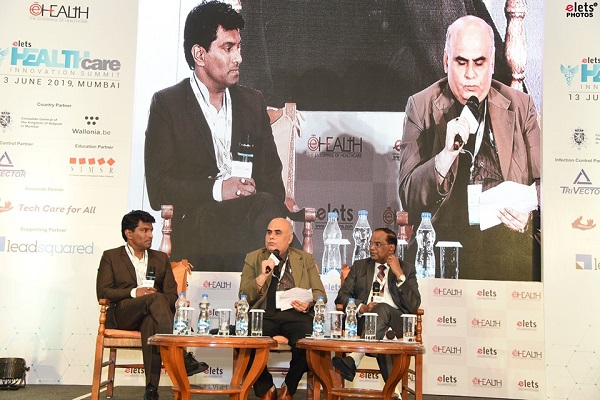
Denmark, a Scandinavian country with a population of 5.5 million occupying an area less than that of Bihar, has managed to become a front-runner in IT-based solutions in healthcare sector and digitalisation is one of the pillars of foundation on which the Danish healthcare system is based. Peter Taks¸e-Jensen, Ambassador Extraordinary and Plenipotentiary Royal Danish Embassy, Denmark, who believes that some of the learnings of Denmark can help India achieve a technology-driven healthcare for citizens, has some very useful tips to share in the digitalisation space.

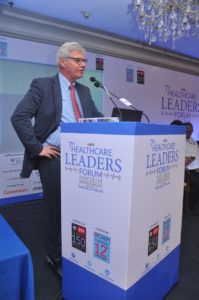 “We continue to develop new ways of optimising and innovating healthcare solutions by the use of ICT. We have a tax-funded healthcare system. We spend about 9-10 per cent of our GDP on healthcare. This means that all the citizens have universal and free access to healthcare services in Denmark,” Taks¸e-Jensen said recently at the 7th Healthcare Leaders Forum in Delhi.
“We continue to develop new ways of optimising and innovating healthcare solutions by the use of ICT. We have a tax-funded healthcare system. We spend about 9-10 per cent of our GDP on healthcare. This means that all the citizens have universal and free access to healthcare services in Denmark,” Taks¸e-Jensen said recently at the 7th Healthcare Leaders Forum in Delhi.
Although the Danish ambassador feels “there is not a one size fits all solution,” some of the basic elements “we have developed in Denmark can serve as inspiration to ensure the leapfrogging that I am sure India will take in the coming years”, he said.
Denmark, like many other Western countries, is facing financial pressure on its healthcare system. This is the
consequence of an increasingly aging population as also an increase in the overall dependency ratio. As the number of elders in Denmark is increasing, healthcare expenditure is also increasing proportionally. However, the funding is staying the same or going down.

“Faced with this challenge, the Danish healthcare sector, policy makers, researchers and other relevant stakeholders have been forced to rethink and innovate and here ICT solutions, digitalisation have really played a key role,” said Taks¸e-Jensen.
While national challenges have incentivise the implementation of ICT in Denmark’s healthcare sector, the ICT
infrastructure and framework have been an important driver in the process of developing and implementing ICT solutions.
Four factors have contributed in making Denmark a front-runner in this area. “The first one is universal penetration of broadband. According to Eurostat, starting from 2014 more than nine out of ten household have access to the internet. Secondly, we have a very e-ready population. Denmark comes first in Eurostat statistics of EU countries, ranked according to the percentage of individuals interacting online with public authorities,” the Danish Ambassador said.
As high as 88 per cent of Danes in the age of 16 to 74 interacted with public authorities online in 2015.
“A third factor is that we have a civil registration number. Each citizen has a unique and personal identifier number which is used in all areas — in taxation, banking, social services and healthcare, etc.”
Digitalising healthcare sector means digitalising highly sensitive and personal information. That is why safeguarding measures are of crucial importance in order to create a safe and trustworthy system for all stakeholders — a system where patients feel safe. Therefore, Denmark also has a good tradition of secure handling of data volumes and strict legislation.
The Danish healthcare sector consists of multiple actors like general practitioners, pharmacists, hospitals, authorities, and patients and citizens. Though most of these actors are part of this system and are bound to work together, they operate as individual entities.
“So, the digitalisation process between them is the core element to optimising work flows and improving efficiency.”
But digitalisation of Danish healthcare is not limited to workflows. The Electronic Health Record (EHR) system is widely adopted in the Danish healthcare system. “The EHR systems allow health practitioners to electronically register, exchange and access patient data such as medical history, medications, vaccines and allergies of more than 85 per cent of the Danish population,” Taks¸e-Jensen said.
Furthermore, Danes can access their own personal data on a digital healthcare platform. They can use their digital
signature to access information about themselves on personal healthcare data. They can renew prescriptions, they can access results from laboratory tests, they can fix appointments and communicate with GP, they can look up waiting times at public hospitals, and they can register organ donations in the case of death.
Be a part of Elets Collaborative Initiatives. Join Us for Upcoming Events and explore business opportunities. Like us on Facebook , connect with us on LinkedIn and follow us on Twitter , Instagram.


